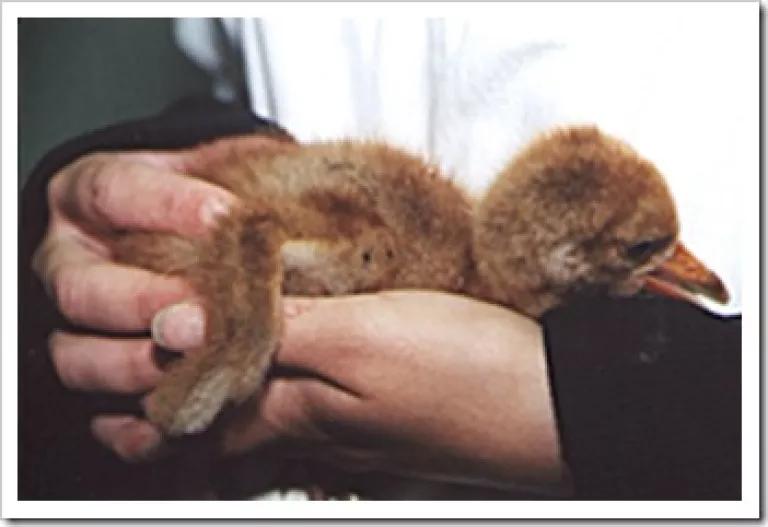
Here’s some good news about wildlife conservation for the fall, my favorite season:
- Up until last month, the only known population of Sierra Nevada red foxes (vulpes vulpes necator), a high-elevation subspecies of red fox native to California, was a small band of twenty or so known to live in the Lassen Peak region. So biologists were thrilled to discover the rare foxes farther south, near Yosemite National Park. Evidence of the fox was captured by a motion-sensitive camera and later confirmed by DNA analysis.
- A new study of the Potomac River has founds that improved water treatment efforts in Washington, D.C., has yielded strong benefits for wildlife. Substantial reductions nitrates discharged into the River resulted in a dramatic increase in native aquatic plant life which, in turn, has increased the number of young fish and invertebrates. (h/t Nature News)
- Federal wildlife officials are making preparations to establish a new breeding population of whooping cranes in the coastal marshes of Louisa. There are only 550 whooping cranes left in the world, with the wild population hovering at around 400. What’s more, the only winter breeding population today is in Texas’ Aransas National Wildlife Refuge, leaving the species even more vulnerable. If successful, the reestablished population will mark the first time that whooping cranes have bred in Louisiana since the 1950s.

Wildlife officials think that Washington may have its third breeding pack of wolves in the State. Two breeding packs, one in Pend Oreille County and the other in the Wenaha-Tucannon Wilderness Area have already been confirmed. Last month, state officials trapped and radio collared a young female wolf, thought to possibly be associated with the new pack, also in Pend Oreille County.
- In southern Orange County, which, by the way, is absolutely magnificent in those places that haven’t yet succumbed to suburban sprawl, ospreys are making a comeback. The Los Angeles Times reports that, after a decade of trying to coax ospreys to artificial breeding platforms in the county, a female has now raised a chick on two different platforms in Upper Newport Bay and Irvine.

- An international search to rediscovered amphibian species in Latin America, Asia, and Africa, has yielded early success. The search, sponsored by Conservation International and the International Union of Concerned Scientists’ Amphibian Specialists Group, recently announced that they had found populations of cave splayfoot salamanders in Mexico, Mount Nimba reed frogs in Ivory Coast, and Omaniundu reed frogs in the Democratic Republic of Congo. Some of these species had not been documented in the wild for over forty years.
Related Issues
Nature & Wildlife




